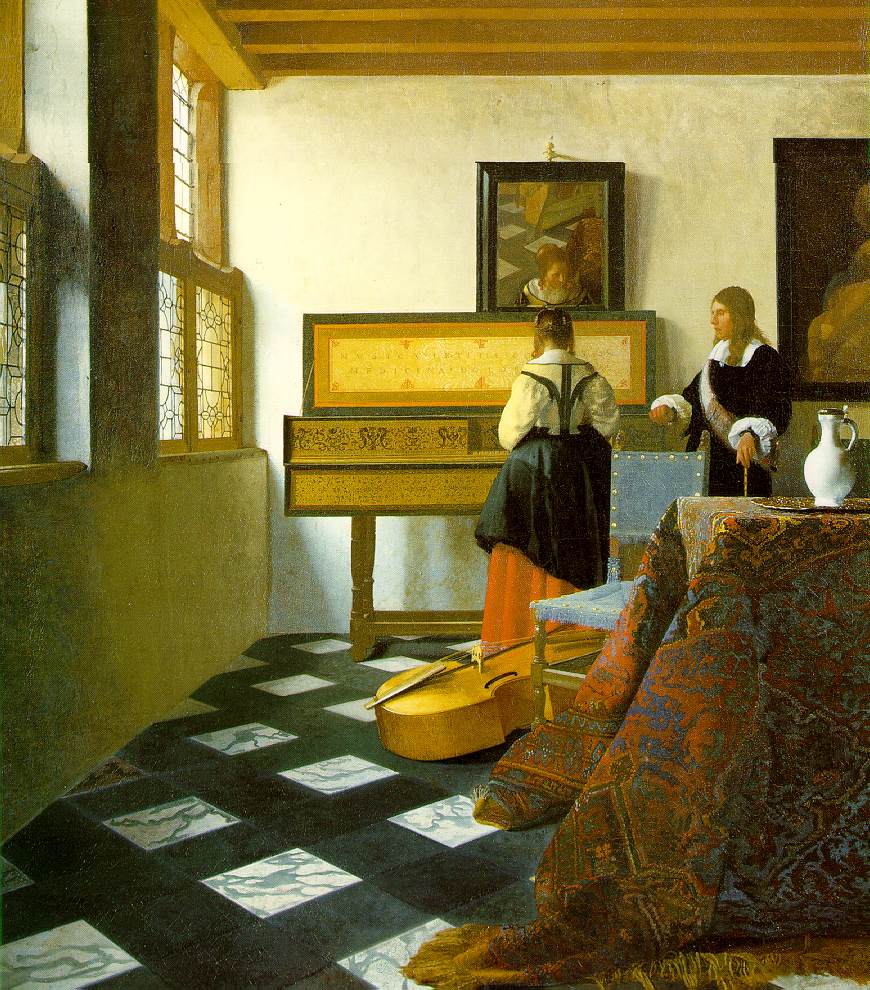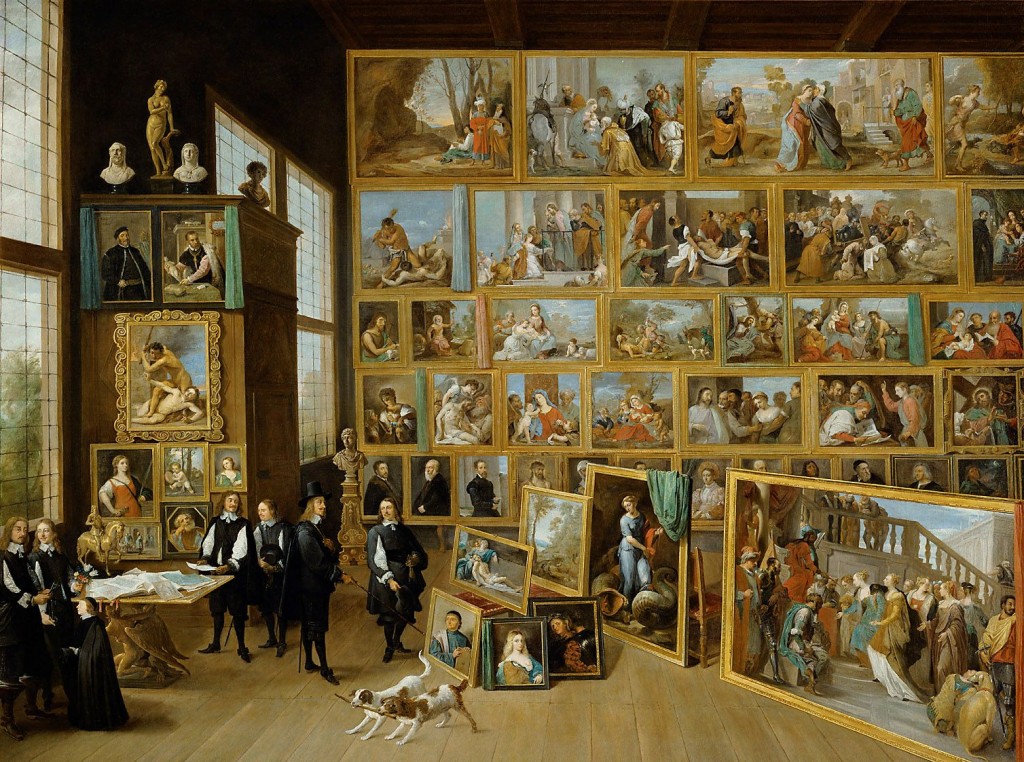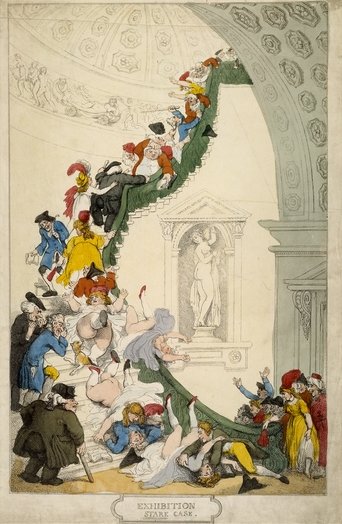…The trouble is that Malraux appeared to find himself in that unhappiest position of a man who wants to believe but cannot. However, a substitute faith- in art or anything else- offers no real way for the atheist or the agnostic out of the dilemma, and Malraux to the visual art is what Harold Bloom was to the literary. One cannot have it both ways. Either the individual is the master of their fate, a fate limited to their little globe, spinning through a godless universe, or they are a handful of dust in God,s universe. If man or woman is the first, then their art, the works of their flesh-and-blood greatness- will not give them life beyond the grave, but Malraux was not enough of a humanist to be satisfied with that. If the individual is the second, the art is immortal only in the sense that their soul is immortal, through God’s law and grace; and all the works from the Pyramids to Chartres, to Vermeer cannot increase or diminish the soul’s survival through God; albeit, Malraux was too much of a humanist to accept that.

—Vermeer—The Music Lesson
c. 1662-65; Oil on canvas, 74.6 x 64.1 cm; Royal Collection, St. James’ Palace, London —Image:http://www.ibiblio.org/wm/paint/auth/vermeer/
The matter was summed up in an exchange between Malraux and Jean Ominus, the French critic. Malraux: “Since art no longer assists religion in creating a world in which man is no longer a stranger, it is attempting to do it singlehandedly. And the alcove of Vermeer, a flower painting of Chardin, give us a view of a world where man is less ant-like than in his own.” Ominus: “What anguish in these few lines! And, in fact, perhaps what misgivings! Does Malraux seriously believe that Vermeer,s alcove, Chardin’s bouquet, however beautiful thay are, contain within them the power of salvation…?”
Having said this, however, it is necessary to add that while Malraux may have vainly searched for salvation in art, in the course of that search he nevertheless saw in art he passed by, with sharp and luminous eyes, a way to describe it in a manner not equaled in the field. The Imaginary Museum, he wrote, ” is the song of history, not its newsreel.” Either as newsreel of considerable fascination, or as a song to art of considerable beauty, Malraux’s work was a unique experience.

—David Teniers the Younger (1610-1690), The Archduke Leopold Wilhelm in His Gallery at Brussels, c. 1651
Kunsthistorisches Museum Vienna—Read More:http://www.codart.nl/624/
ADDENDUM:
Malraux and his Imaginary Museum: But Malraux had a quite positive idea about the new possibilities offered by the photography. For hime, the Musée Imaginaire was a gathering of works which directs the transformation of the actual museums by a process of intellectualisation of the works by destroying their membership. Thus, the reproduction of art is not the cause of the intellectualisation of art, but its mean, and it is the confrontation of the paintings amongst them which is an intellectual process, the questioning about what gathers art together. Of course the process of printing changes our relationship to art. By the mean of reproduction of images, the scattered works gather in new formal groups and the Musée Imaginaire becomes the ” world of art “. But the works are freed from matter by reproduction, and it is by this that they become modern. Thanks to lightnening and framing, some new aspects of the works of art are revealed. As well, the whole art of the world, from the prehistory to the modern art is now available to anyone.

—The Exhibition Stare Case, Somerset House which Thomas Rowlandson completed around 1800. This print is based on a drawing which Rowlandson made earlier. In his print he points fun at the people attending the art exhibition and the male penchant for caring more about the “living” pictures that provide additional, or even preferred, entertainment to the works on display at the Exhibition. Look at the facial expression on the lecherous old men ogle the elegant ladies who have tumbled haplesslydown the staircase, limbs akimbo and tender parts exposed. It is interesting to note how Rowlandson has depicted the under-dress of the women. He shows them wearing stockings but not much more beneath those gauzy muslins. So are we to believe that females of that era wore few or no under-garments or is it Rowlandson’s way of adding a touch of erotica to his work. —Read More:http://mydailyartdisplay.wordpress.com/page/27/
The Musée Imaginaire, which exists actualu only in our memory, was not for Malraux a kind of developed Louvre. Whereas the ” museum ” of Baudelaire welcomes four centuries of art, the ” Musée Imaginaire ” of Malraux houses five milleniums. This mass of works of art all the civilizations does not only enrich the Louvre, it rather questions it. In the actual museum, the gods and the saints became statues, because, to come into the world of art, the figures have to leave the concrete world in which they have been created. For Malraux, the museum is the place where the object becomes a work of art in separating itself from the ideology which gave birth to it. The world of art, represented by the museum, removes this link which united the work to its contemporary life, in which it was born. The object of art looses its primary function, be it religious or practical, and the work of art is the only sort of object in the world which can be released from this slavery of the functionalism. Read More:http://mapage.noos.fr/malevich/virtuality.html





 COMMENTS
COMMENTS